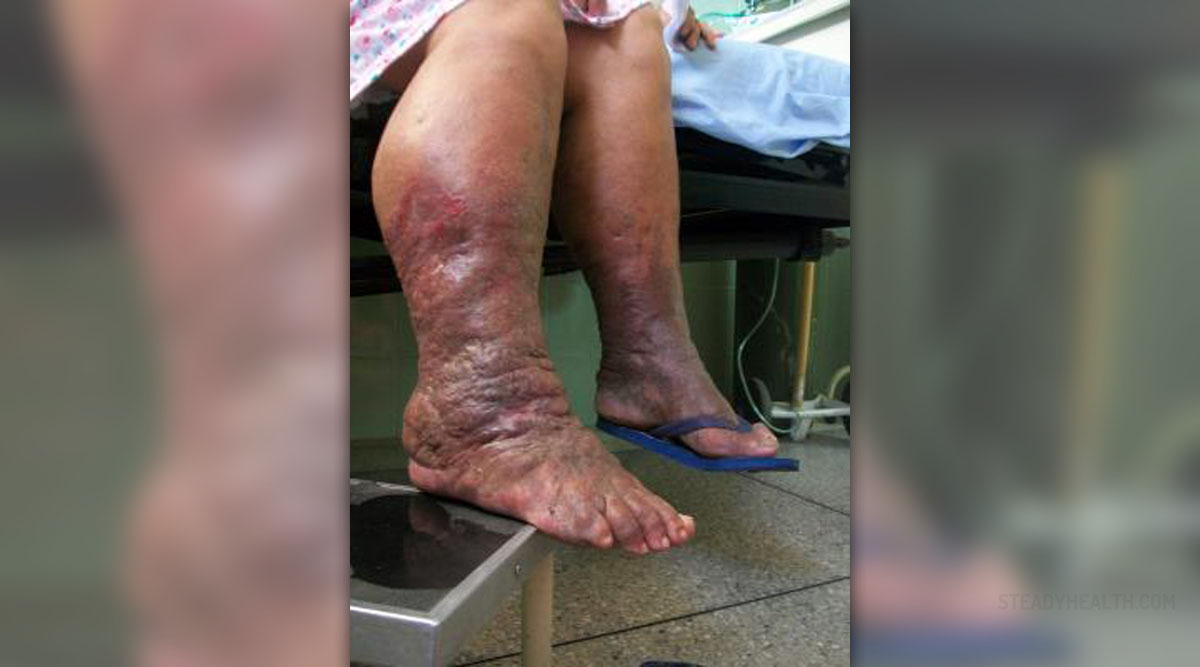
Lymphedema - Overview
The lymphatic system consists of an extensivenetwork of lymph vessels and lymph nodes. The excess fluid which is collectedfrom the space between tissues in the body flows through the lymph vessels.This fluid is filtered by lymph nodes. Lymph nodes are in charge with removalof harmful substances and foreign bodies from the lymph fluid.
Lymphedema is a condition which can be defined aslocalized fluid retention and consequent tissue swelling caused by compromisedlymphatic system. It most commonly develops in the arms and legs. It developsas a result of missing, impaired, damaged and/ or removed lymph vessels orlymph nodes.
Primary lymphedema is inherited while secondarylymphedema occurs due to injury or removal of lymph blood vessels or lymphnodes. The risk of secondary lymphedema is increased in people who have undergosome of the following procedures: simple mastectomy, modified radicalmastectomy or lumpectomy in a combination with arm pit lymph node removal,combine cancer surgery and radiation therapy to a lymph node region andradiation therapy to a lymph node region. In tropical regions lymphedema may becaused by filariasis and one more cause of this medical represents aconsequence of cellulitis.
Treatment for Lymphedema
There are several treatments for lymphedema whichmust be kept up in order to maintain the results and prevent furtheraccumulation of the fluid. They include manual lymphatic drainage, compressiontechniques, self-management and exercises for lymphedema.
Manual lymphatic drainage is a gentle massagewhich is in the beginning of the treatment performed by a well experiencedprofessional. The massage is supposed to be performed once or twice a day andit may effectively reduce the swelling. The patients can be taught how toperform massage and they are supposed to do it regularly.
Compression bandages, stockings or sleeves areessential part of every lymphedema treatment. What type of compression andwhich of the previously mentioned aids will be used basically depends on theaffected region and severity of lymphedema? Compression of the affected areaprevents further accumulation of fluids and consequent swelling.
Compression pump technology includes a pneumaticsleeve. It enhances movement of the lymph fluid and can be used together withother treatments for lymphedema. The pump therapy may be also effective insoftening of the fibrotic tissue.
Elastic compression garments are of additionalhelp and they are worn after complete decongestive therapy. The purpose ofcompression garments is to maintain edema reduction. They are supposed to beworn every day.
And finally, once the patient is explained how tocontrol lymphedema he/ she is supposed to apply all the previously mentioned onregular bases.






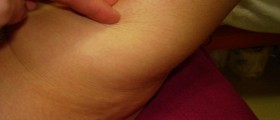



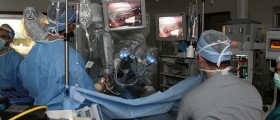
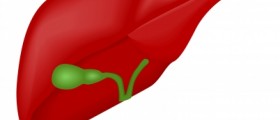


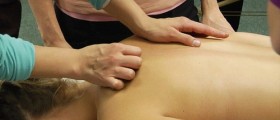


Your thoughts on this
Loading...